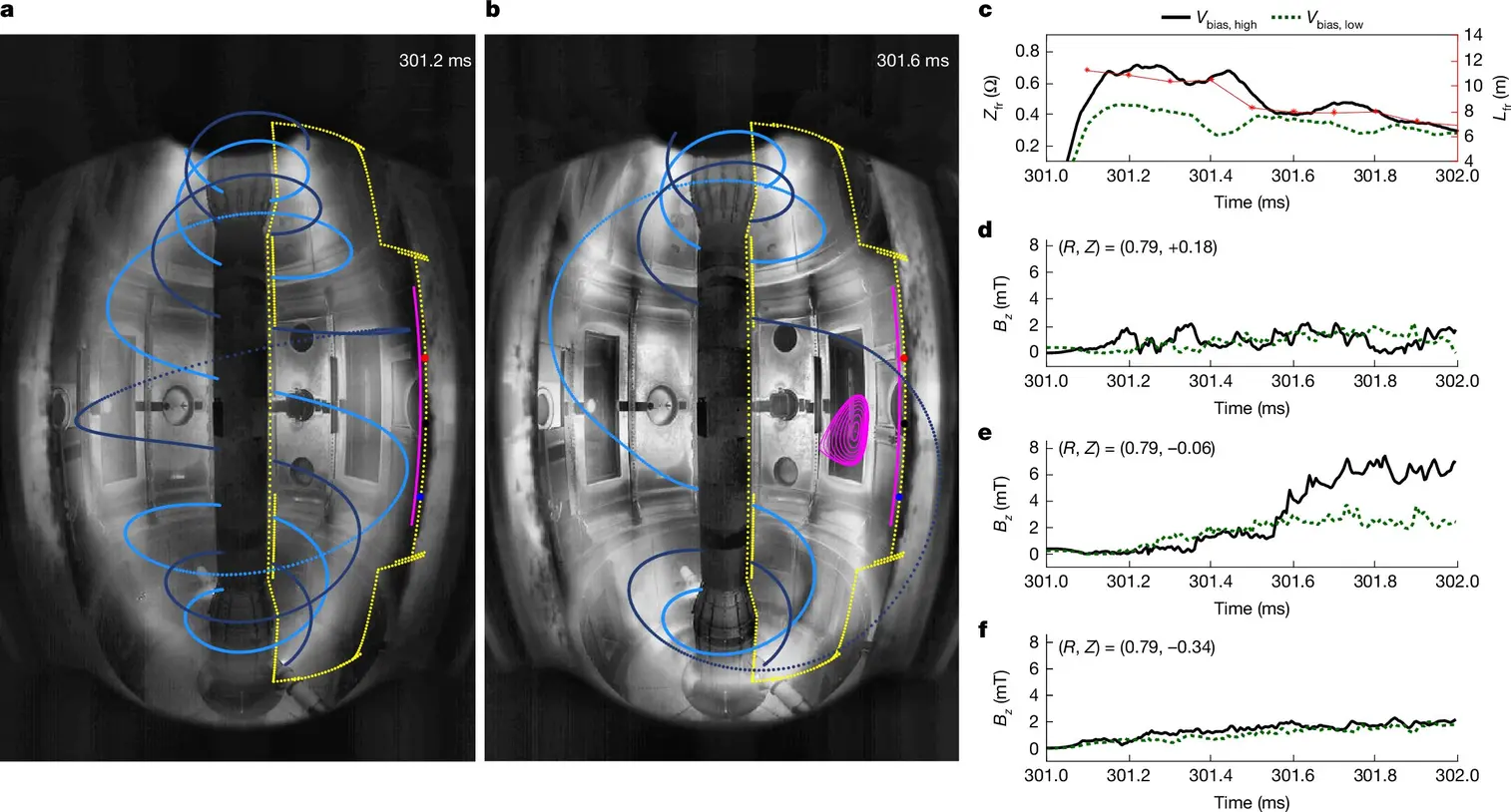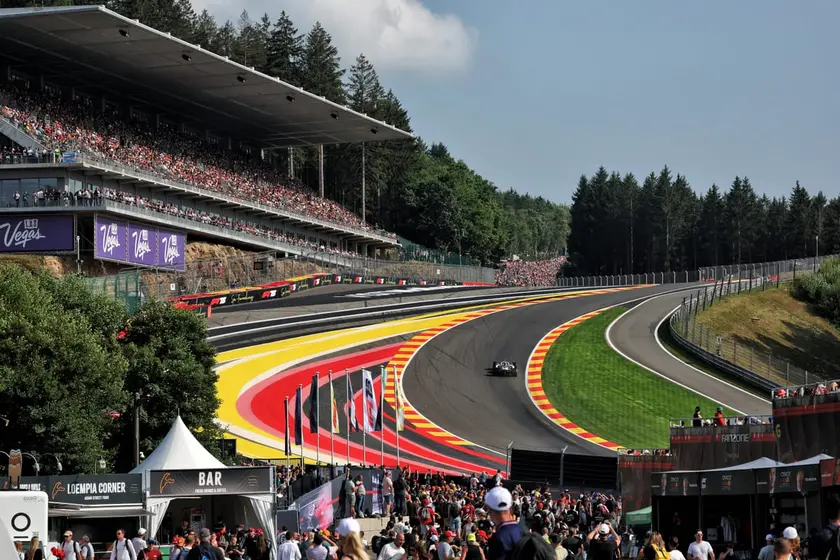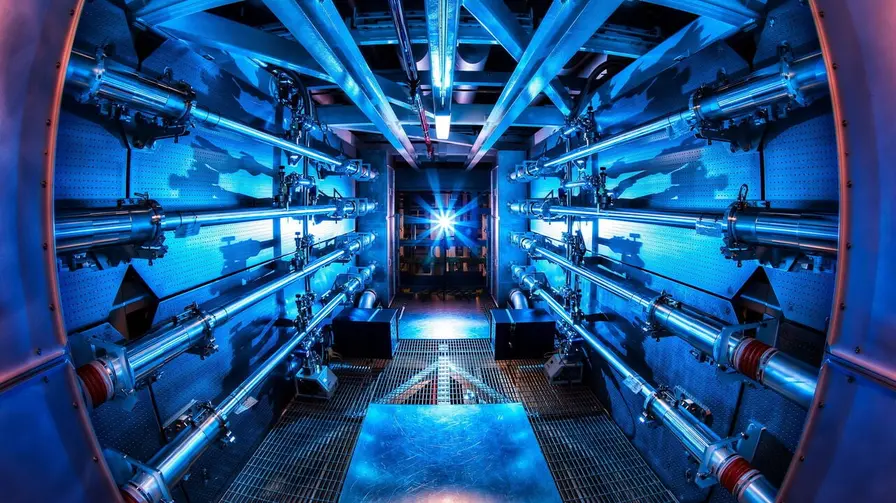T4K3.news
Lab proves micro turbulence drives macro plasma changes
Researchers show micro scale turbulence can reconfigure plasma structure in a lab setting.

A lab study shows how micro scale turbulence and magnetic reconnection can alter the overall plasma, signaling advances for fusion and space science.
Lab demonstrates electron beams reconfigure plasma structure
Researchers at Seoul National University used the Versatile Experiment Spherical Torus to launch two electron beams along magnetic lines in a 3D helical configuration. This setup created two flux ropes that generate micro turbulence inside the plasma. The team observed magnetic reconnection as the ropes interacted, reconfiguring the magnetic field and reshaping the plasma structure. The work, published in Nature and supported by simulations on a supercomputer at the Korea Institute of Fusion Energy, provides experimental proof that kinetic, non MHD forces can influence a macroscopic plasma state.
The authors say the findings illuminate how small scale processes progress through multiple scales to drive global changes in the system. If confirmed by others, the result could improve models used to predict space weather and help guide efforts to stabilize fusion devices. The study combines a lab experiment with particle simulations, marking a step toward integrating micro physics into large scale plasma models.
Key Takeaways
"Small scales shape the whole plasma"
Core finding described by researchers
"This lab proves scale coupling is real"
Editorial view on the study's significance
"The match between experiment and simulation strengthens credibility"
Evidence supporting the results
"A path to fusion energy begins here in a lab"
Broader implication
This work tackles a long standing gap between kinetic descriptions and fluid models of plasmas. By showing micro turbulence can trigger a macroscopic shift in MHD equilibrium, it offers a concrete mechanism that modelers can test. The use of a spherical torus and twin flux ropes demonstrates a clear cause and effect sequence rather than a purely theoretical claim.
Still, the leap from lab to industrial scale is large. Real fusion devices operate under different temperatures, densities and geometry. Reproducibility and cross checks in independent facilities will be essential, and the reliance on simulations means data sharing and transparency will be critical for credibility. If the community embraces these results, funding and policy decisions around fusion research could be influenced.
Highlights
- Small scales shape the whole plasma
- This lab proves scale coupling is real
- A clear bridge between theory and experiment in plasmas
- A step toward practical fusion and better space weather models
The road ahead will require replication and open data to build trust.
Enjoyed this? Let your friends know!
Related News

Stanford study shows effective weight loss with whole foods

Study Links Gut Health to Chronic Fatigue and Long COVID

Impactful moments from the Belgian Grand Prix weekend

Verstappen confirms Red Bull future despite team changes

New developments in America's nuclear arsenal reported

Alexandr Wang appointed Chief AI Officer at Meta

Joey Aguilar transfers to Tennessee after UCLA stint

OpenAI forms strategic partnership with UK government
